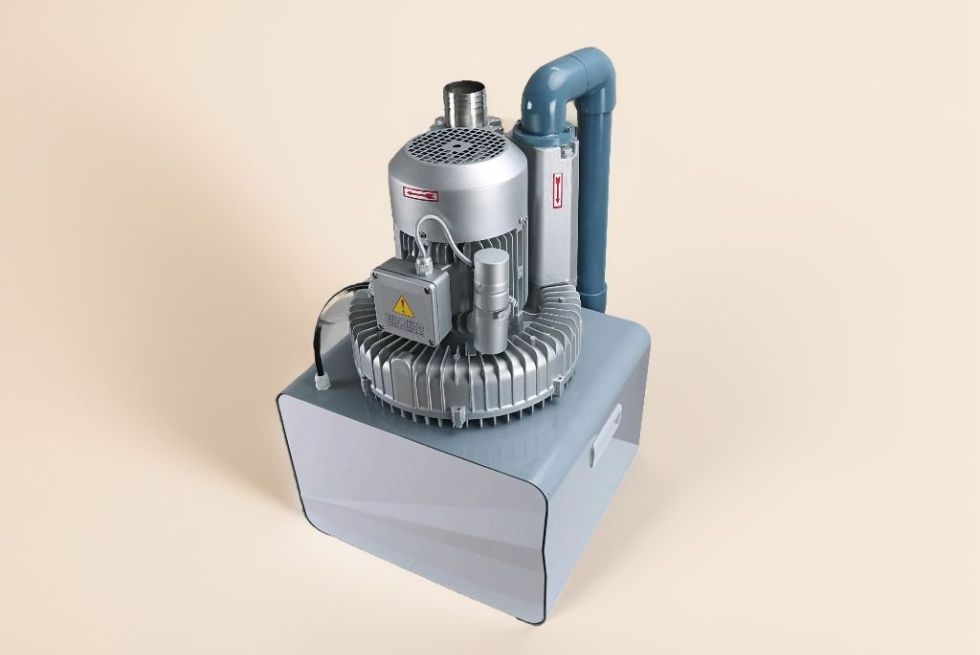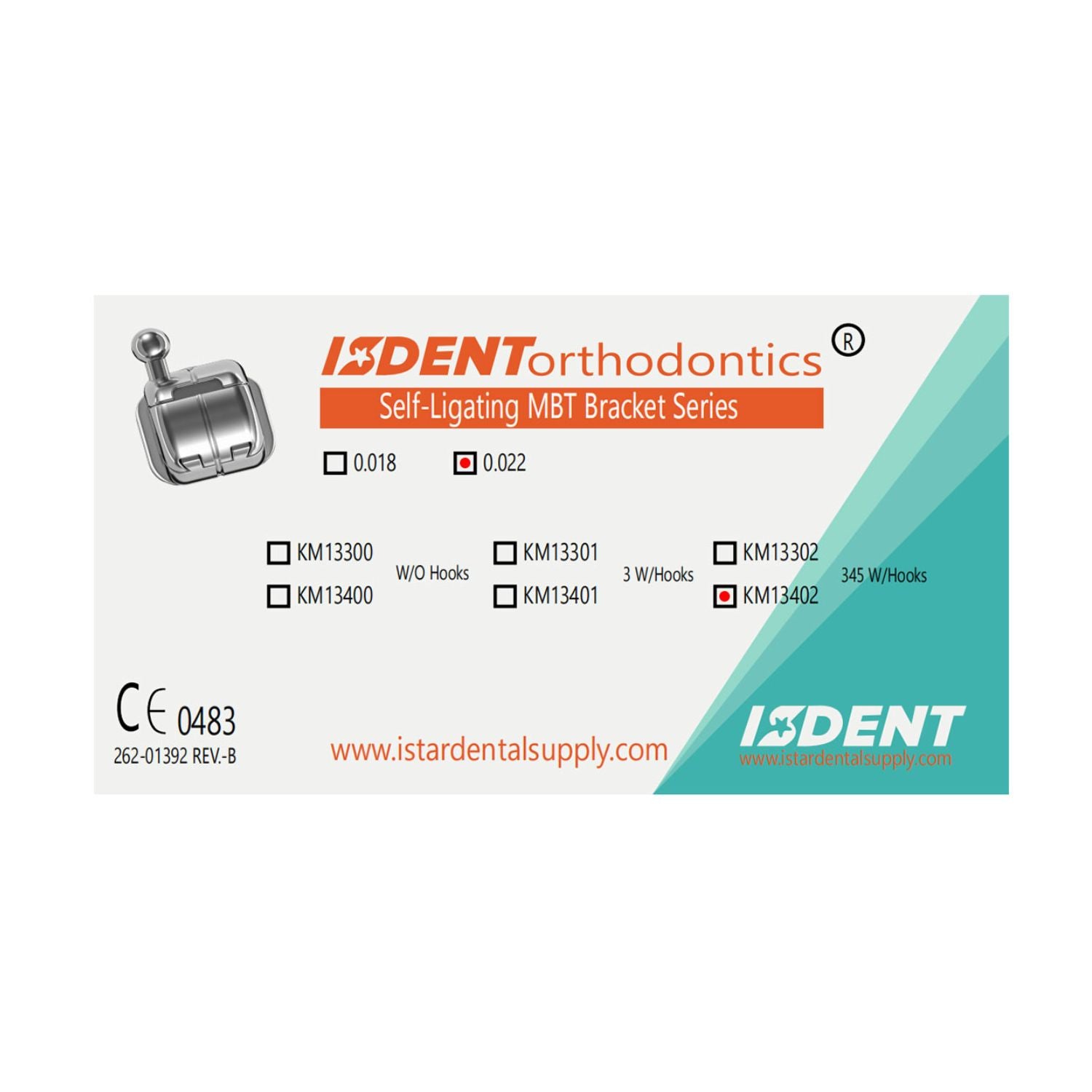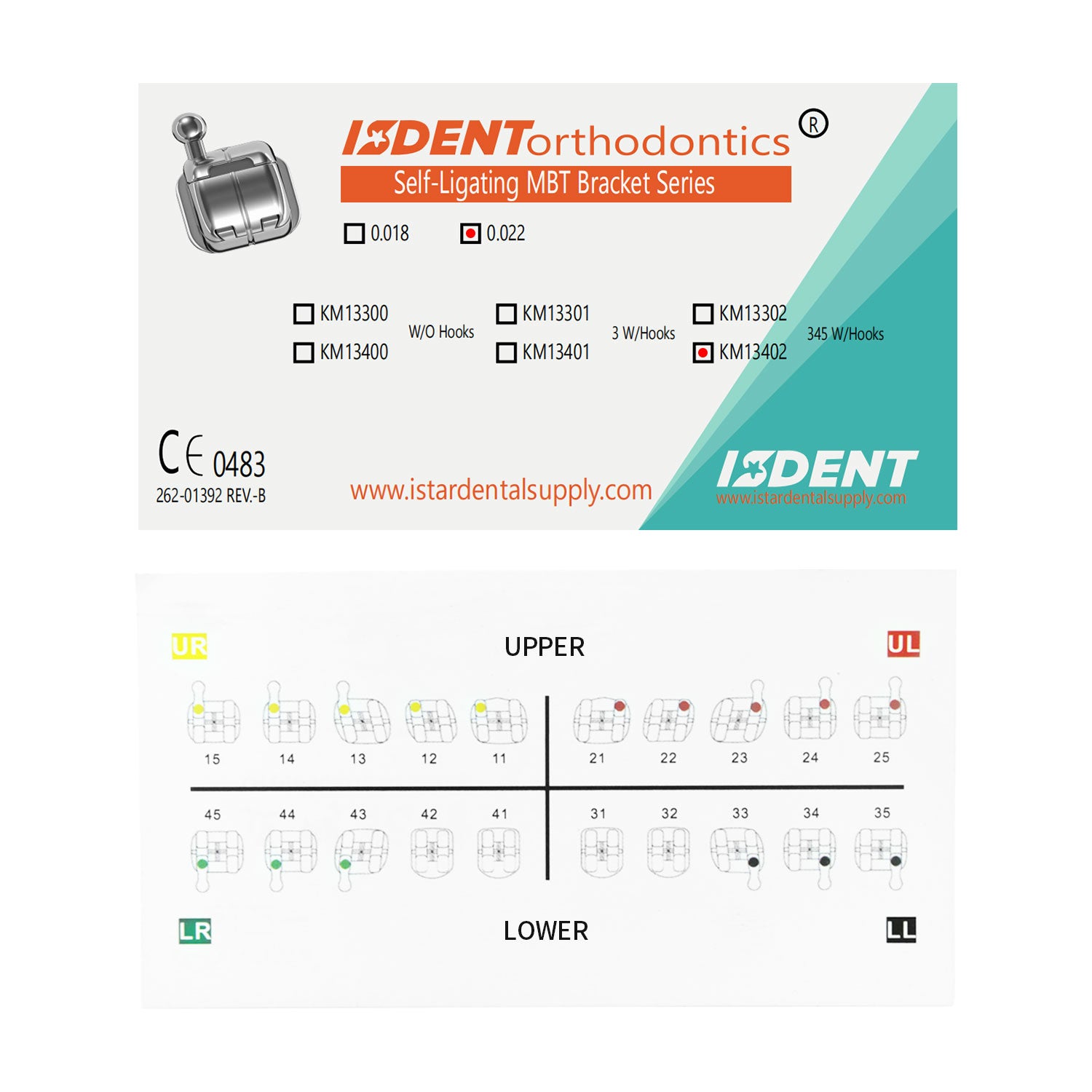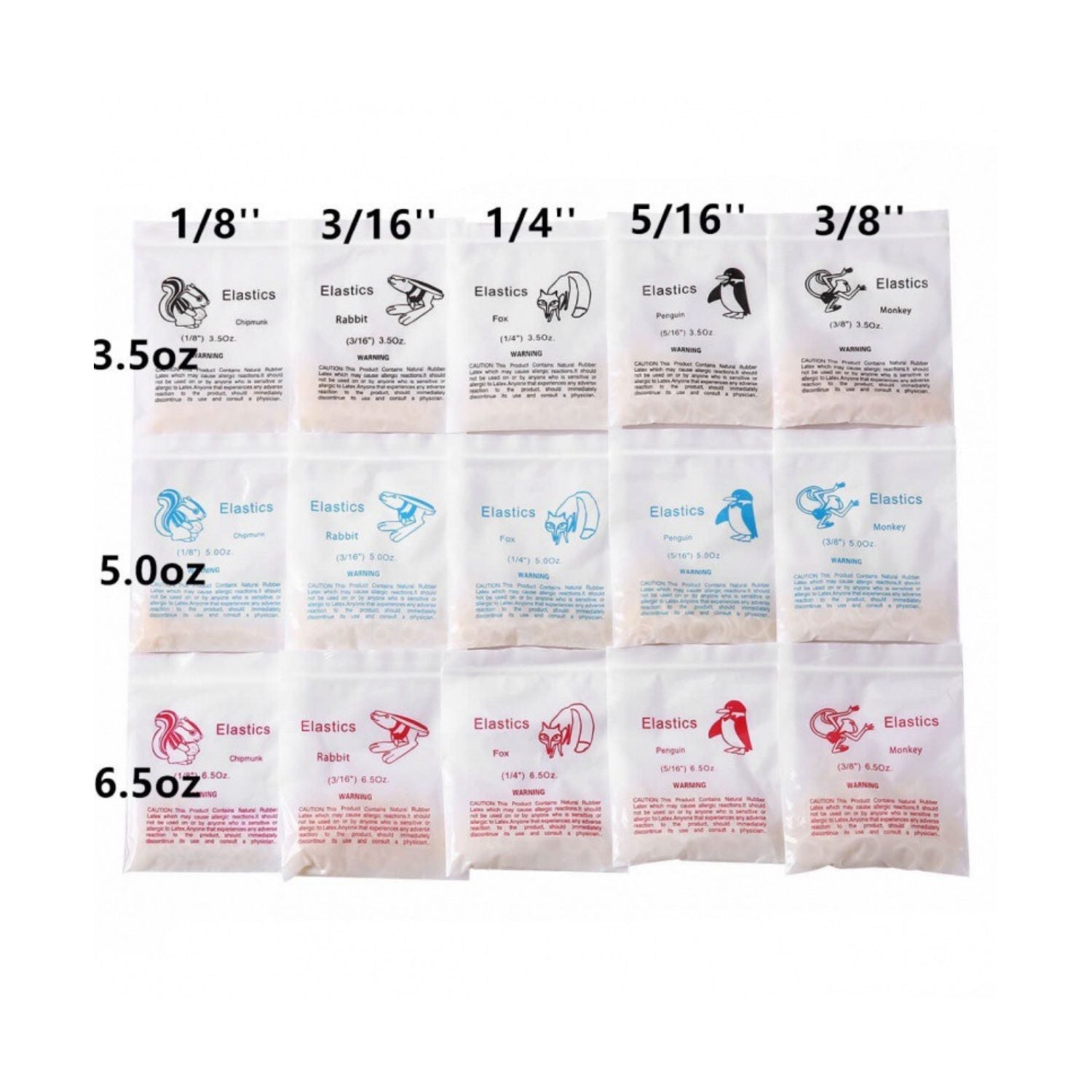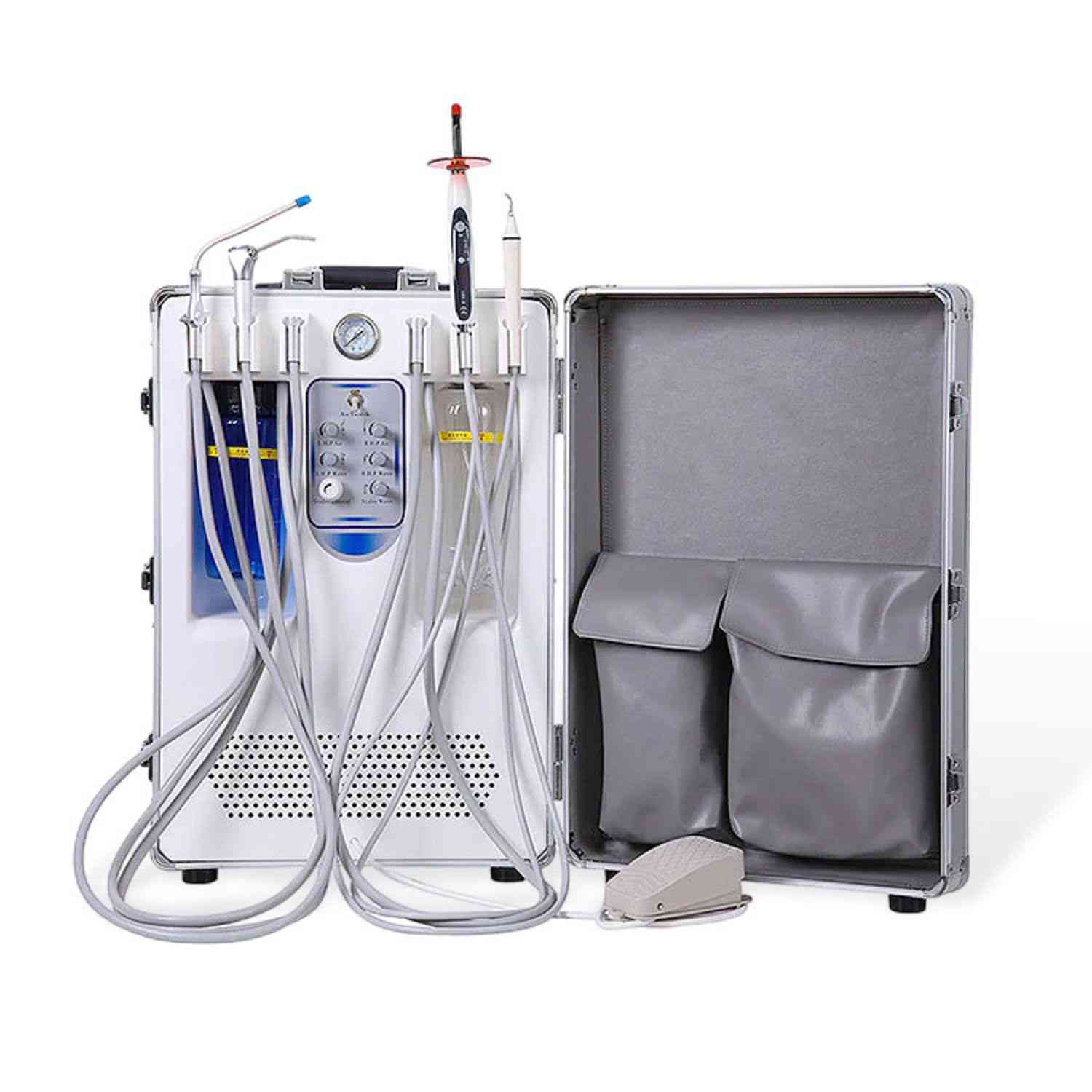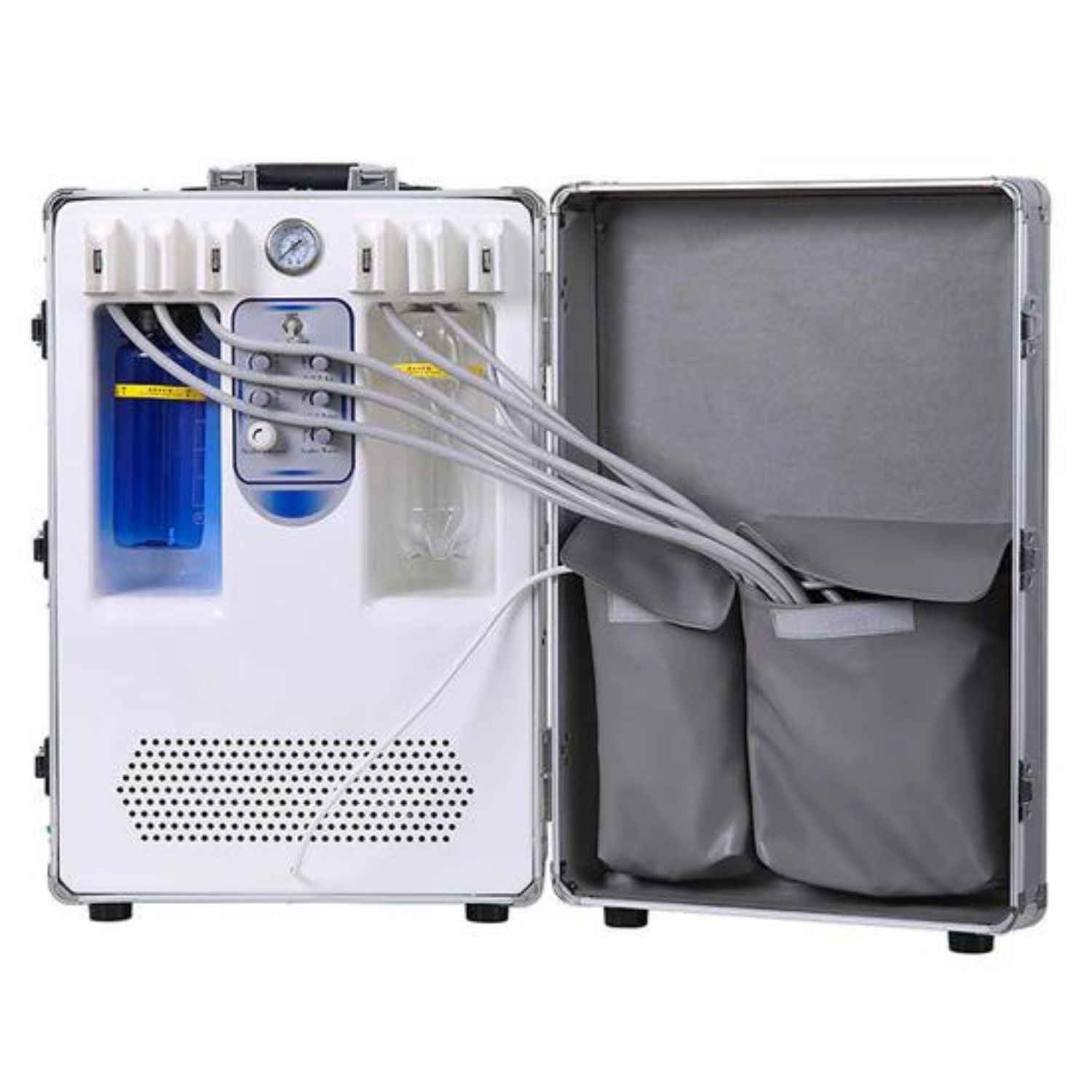Guide sur l'aspiration dentaire : comprendre les types d'aspiration, de pompes et de systèmes de vide pour votre fauteuil dentaire
Êtes-vous curieux d'affûter votre dentaire expertise avec une vue d'ensemble complète de succion mécanique, types d'aspiration systèmes et pompe technologie ? Cet article vous aidera à comprendre les tenants et aboutissants de aspiration dentaire, aspirateur dentaire solutions et les humide vs sec débat. En explorant ces concepts fondamentaux, vous découvrirez pourquoi succion est essentiel dans dentisterie, comment il prend en charge un fauteuil dentaire, et comment il élève chaque cabinet dentaire vers de nouveaux niveaux d'efficacité et de confort pour les patients. Lisez la suite pour découvrir comment enlever la salive correctement, manipuler aspiration chirurgicaleet améliorez votre pratique puissance d'aspirationIl est temps de élevez votre pratique vers de nouveaux sommets normes et en savoir plus sur choisir une aspiration dentaire approche adaptée à vos besoins uniques.
1. Qu’est-ce qu’un système d’aspiration dentaire ?
UN système d'aspiration dentaire est l'épine dorsale de la modernité dentisterie. Il prend en charge dentistes, cliniques dentaires, hôpitaux, et écoles dans la gestion liquide et l'enlèvement des débris pendant procédures dentaires. Quand dentiste les professionnels effectuent des traitements dans le cavité buccale, des fluides indésirables tels que salive, du sang et d'autres liquide Les matériaux doivent être évacués rapidement. Cela garantit le confort du patient et favorise un champ opératoire propre.
En général dentisterie, un fiable système d'aspiration dentaire est crucial pour applications chirurgicales, des examens de routine ou même des tâches plus simples enlever la salive avec éjecteurs de salive. Entre-temps, des équipements spécialisés comme le aspiration chirurgicale utilise plus haut puissance d'aspiration gérer débris chirurgicaux. À Fournitures dentaires ISTAR, nous nous concentrons sur la fabrication de systèmes hautes performances pour vous aider à gérer efficacement les tâches, que vous configuriez un cabinet dentaire ou la mise à niveau d'un existant unité dentaire.
Fonctions clés d'un système d'aspiration:
- Évacuation de fluides tels que salive et du sang.
- Suppression de débris provenant de la cavité buccale.
- Réduction de propagation d’aérosols pour un meilleur contrôle des infections.
- Amélioration de visibilité dans la zone de travail.
« Un système d’aspiration puissant est indispensable. Non seulement il permet de garder les zones de traitement dégagées, mais il simplifie également l’expérience globale du patient. » – Fournitures dentaires ISTAR
Pour ceux qui recherchent le aspiration droite technologie, découvrez notre sélection d'aspiration dentaire unités. Elles sont conçues pour s'intégrer parfaitement à divers types de équipement dentaire.
2. Pourquoi la puissance d’aspiration est-elle importante en dentisterie ?
Puissance d'aspiration fait référence à l'efficacité avec laquelle un machine à aspiration ou unité d'aspiration évacue les fluides par minute, créant un environnement optimal pour procédures dentaires. Plus le capacité d'aspiration, plus votre flux de travail devient efficace. Cela s'applique à tout, des examens généraux aux chirurgies buccales, surtout là où débris chirurgicaux pourrait être dense.
Haut puissance d'aspiration est également corrélée à la satisfaction des patients. Efficace équipement d'aspiration réduit les risques d'étouffement, améliore le confort et accélère les procédures. D'un point de vue administratif, le maintien d'une succion la performance signifie des délais de traitement des rendez-vous améliorés et un retour sur investissement plus rapide investissement initial.
Tableau : Comment la puissance d'aspiration affecte l'efficacité de la procédure
| Puissance d'aspiration (litres par minute) | Augmentation de l'efficacité | Cas d'utilisation typique |
|---|---|---|
| 200-250 L/min | Modéré | Restaurations mineures ou examens généraux |
| 300-350 L/min | Haut | Extractions de routine ou tâches de nettoyage |
| 400+ L/min | Très élevé | Chirurgies complexes et débris lourds |
Ces chiffres sont des estimations approximatives ; les besoins réels peuvent varier. choisir un solution robuste puissance d'aspiration est un must. C'est pourquoi nous, chez Fournitures dentaires ISTAR mettre l'accent non seulement sur la technologie d'aspiration, mais aussi sur la synergie entre succion et ton autre équipement dentaire.
Pour des solutions spécialisées supplémentaires, pensez à consulter notre gamme de Équipement dentaire conçu pour fonctionner en harmonie avec votre quatre types de système d'aspiration ou au-delà.

3.Principales approches de l'aspiration dentaire : systèmes humides, secs et semi-humides
Quand il vient au dentaire succion, il y a trois types principaux: aspiration humide, aspiration à sec, et systèmes d'aspiration semi-humides. La compréhension de ces différents modèles est essentielle pour choisir le bon dentiste installation.
Système d'aspiration humide
UN système d'aspiration humide (également appelé aspirateur à eau ou aspirateur humide) utilise de l'eau pour créer un vide. En aspirant de l'air et liquide, il garde votre fauteuil dentaire lignes claires. Systèmes humides sont souvent les type commun On les retrouve dans les configurations plus anciennes en raison de leur simplicité, mais ils peuvent consommer plus de ressources. Un avantage majeur est leur fiabilité dans la création de succionCependant, l’entretien peut être plus exigeant, notamment si l’on tient compte des processus d’utilisation et d’élimination de l’eau.
Système d'aspiration à sec
UN système d'aspiration à sec (souvent abrégé en aspirateur à sec ou aspirateurs secs) élimine la dépendance à l'eau pour générer le vide. Il utilise un pompe ou pompe à vide mécanisme pour supprimer le liquide et l'air. Systèmes secs, nécessitent cependant souvent une séparateur d'amalgame piéger amalgame et d'autres matériaux. Ils peuvent être plus économes en énergie par rapport à un aspiration humide, mais le investissement initial peut être plus élevé.
Systèmes d'aspiration semi-humides
Pour ceux qui veulent profiter des avantages des deux mouillé et sec configurations, systèmes d'aspiration semi-humides offrent une solution équilibrée. Ils peuvent utiliser un minimum d'eau, réduisant ainsi la consommation tout en offrant une excellente puissance d'aspiration. C'est ici Fournitures dentaires ISTAR peut vous aider à trouver le juste équilibre, en combinant les meilleures fonctionnalités des deux types pour perfectionner votre dentaire environnement.
«Humide vs sec est une considération clé. Sachant humide et sec « Les capacités peuvent transformer la façon dont vous gérez vos opérations quotidiennes. » – Expert du secteur
Pour en savoir plus sur l’interaction entre ces éléments principaux types d'aspiration, visitez notre sélection Unité dentaire pour voir quelle approche correspond aux besoins de votre pratique.
4.Les machines d'aspiration dentaire essentielles et leurs applications cliniques
Il y a plusieurs types de soins dentaires machine à aspiration configurations. La sélection de la bonne option dépend souvent de la types de procédures vous effectuez fréquemment et la taille de votre clinique dentaire.
Types d'aspiration dentaire:
-
Machines d'aspiration centralisée
- Courant dans les grandes cliniques ou les hôpitaux.
- Offre robuste, singulière système de vide pour des salles opératoires multiples.
-
Dispositifs d'aspiration portables
- Idéal pour les traitements hors site ou comme solution de secours en cas d'urgence.
- De taille compacte avec un plus petit pompe capacité.
- Pour référence, consultez le Unité d'aspiration dentaire portable.
-
Machines d'aspiration au fauteuil
- Intégré dans le fauteuil dentaire ou installé en tant que pièce jointe.
- Idéal pour les configurations de salle opératoire unique avec système intégré embouts d'aspiration.
Peu importe le type de vide, les performances de la machine sont façonnées par ses pression sous vide par pompage, moteur d'aspiration, et la capacité de gérer amalgame déchets. Parce que l'élimination des déchets est cruciale, de nombreuses juridictions exigent une séparateur d'amalgame pour empêcher les matières dangereuses de contaminer les eaux usées.
Fait amusant:Certaines configurations avancées traitent environ 300 à 400 litres d'air par minute pour garantir un champ complètement sec et clair, quelle que soit la complexité de la procédure.
Nous vous invitons à découvrir des Machine d'aspiration buccale modèles chez ISTAR Dental Supply. Ils simplifient choisir le bon technologie pour bureaux à une ou plusieurs chaises.

5. Comment fonctionne un moteur d'aspiration pour assurer une aspiration puissante
UN le moteur d'aspiration fonctionne en alimentant l'ensemble d'aspiration pour générer une pression négative. Cette pression négative, créée à l'intérieur des conduites, aspire l'air et liquide de la cavité buccale, assurant une aspiration élevée environnement pour une évacuation rapide des fluides. Au cœur du système se trouve le pompe aspirante, qui pourrait être conçu comme un mécanisme humide ou sec.
Comment cela profite à votre pratique
- Temps d'arrêt réduits:Les moteurs efficaces évitent les obstructions, minimisant ainsi les interruptions.
- Des performances constantes:Un robuste moteur d'aspiration offre une stabilité puissance d'aspiration pour divers procédures dentaires.
- Expérience patient améliorée: Forte aspiration réduit le temps de rendez-vous et conduit à une plus grande satisfaction des patients.
À Fournitures dentaires ISTAR, nous vous conseillons de rechercher des systèmes avec un fonctionnement silencieux, une puissance suffisante et une compatibilité avec un séparateur d'amalgame (gérer amalgame déchets). En prenant soin choisir le bon système dentaire, vous pouvez maintenir un flux ininterrompu.
Pour des solutions plus intégrées, consultez notre gamme avancée Compresseur dentaire, qui peut s'associer de manière transparente avec succion des configurations pour optimiser l'ensemble de votre espace de travail.
6. Choisir la bonne pompe à vide dentaire
Choisir le bon pompe est l'une des décisions les plus critiques pour tout cabinet dentaire visant à optimiser procédures. Le pompe à vide dentaire est le cœur battant de l'ensemble système de vide, chargé d'évacuer l'air et les fluides de manière adéquate.
Facteurs à prendre en compte
- Type de pompe:Évaluez si vous avez besoin d'un dentaire humide approche ou une système d'aspiration à sec.
- Capacité:Tenez compte du nombre de cabinets dont vous disposez.
- Séparateur d'amalgame Intégration : Certaines régions imposent légalement une séparateur d'amalgame.
- Efficacité énergétique: Gardez un œil sur un dentaire économe en énergie solution pour économiser sur les coûts des services publics.
Décider de la aspirateur droit dépend généralement de la question de savoir si vous souhaitez un système centralisé ou décentralisé. Lorsque vous réfléchissez à votre sélection de soins dentaires solutions, gardez toujours choisir le bon passer l'aspirateur est une priorité. Si vous n'êtes pas sûr, Contactez ISTAR Dental Supply pour des conseils personnalisés. Nos experts sont spécialisés dans succion fabrication, garantissant le produit idéal pour les grands hôpitaux ou les petits bureaux privés.
7. Conseils de nettoyage et d'entretien pour prolonger la durée de vie
Nettoyage et entretien de votre système d'aspiration garantit non seulement une cohérence capacité d'aspiration mais prolonge également la durée de vie globale. Un entretien régulier de votre sec ou aspirateur humide maintient les bactéries à distance et prévient les mauvaises odeurs.
Conseils pour l'entretien quotidien et hebdomadaire:
- Flush les lignes quotidiennement avec une solution recommandée.
- Vérifier filtres et remplacez-les conformément aux directives du fabricant.
- Inspecter le séparateur pour tout sabot ou blocage causé par de gros débris.
- Moniteur le moteur pour des sons ou des vibrations inhabituels.
- Document chaque étape pour une référence et une responsabilisation faciles.
«Utiliser une aspiration « Un nettoyant pour canalisations spécialement formulé pour le type de système est indispensable. » – Un expert de premier plan en maintenance dentaire
En consacrant quelques minutes chaque jour, votre dentaire L'environnement reste hygiénique, optimisant non seulement la sécurité des patients mais également le flux de travail du personnel. succion La gamme comprend des modèles conviviaux pour simplifier l'entretien. Pour un examen plus approfondi, voir Équipement dentaire avec des protocoles de nettoyage avancés.
8. Études de cas et statistiques : l'aspiration dans différents types de procédures
Étude de cas 1 : Dentisterie esthétique haut de gamme
Une technologie de pointe cabinet dentaire spécialisées dans les facettes ont été confrontées à des encrassements fréquents. Ils sont passés à un système d'aspiration à sec avec intégré séparateur d'amalgame. En exploitant une technologie améliorée moteur, ils ont constaté une réduction de 35 % du temps de procédure grâce à une plus grande cohérence puissance d'aspiration.
Étude de cas 2 : Clinique de chirurgie buccale
Un multi-opératoire clinique dentaire offre complexe chirurgies buccales introduit une centrale système d'aspiration avec un spécialiste pompe à videCe système a géré sans effort de gros volumes de débris chirurgicauxLa clinique a signalé moins d’interruptions de traitement et une augmentation significative de l’efficacité du personnel.
Statistique:Selon certaines données de l'industrie, l'emploi d'un aspiration de haute qualité Cette approche peut réduire le temps passé au fauteuil jusqu'à 20 %. Cela signifie plus de patients vus et une meilleure performance globale.
Peu importe votre types de procédures, une stratégie types de systèmes d'aspiration choix vous assure de maintenir un environnement propre cavité buccale pendant les traitements intensifs. Cela se traduit par une meilleure visibilité, des flux de travail plus rapides et un confort accru pour le patient.

9. Tendances futures : nouvelles innovations en matière d'aspiration et d'efficacité énergétique dans le domaine dentaire
En tant que domaine de dentisterie évolue, tout comme succion.Les solutions modernes vont de aspiration dentaire conceptions avec capteurs intégrés pour moteurs d'aspiration intelligents qui modulent le flux en fonction des besoins en temps réel. Nouvelle aspiration les développements se concentrent sur la conservation de l'eau et l'utilisation de technologies avancées séparateur systèmes. Cela décentralise ou diminue l'utilisation de l'eau, les rendant plus respectueux de l'environnement.
Durabilité est une priorité croissante. De nombreux fabricants explorent des conceptions neutres en carbone et continuent de perfectionner pression sous vide par pompage avec une consommation de ressources minimale. Fournitures dentaires ISTAR, nous restons en avance avec des prototypes qui promettent un niveau de bruit plus faible, des technologies avancées type de pompe fonctionnalités et une intégration facile dans votre système existant fauteuil dentaire.
Citation: "Moderne succion il ne s'agit plus seulement d'éliminer les fluides, mais de façonner une pratique durable et pratique. » – Ingénieur en fournitures dentaires ISTAR
En adoptant le droit succion solutions maintenant, vous assurerez l'avenir de votre clinique et pratiquer vers de nouveaux sommets.
10. FAQ : questions courantes sur les systèmes d'aspiration
Comment savoir quel système d’aspiration est le meilleur ?
Évaluez la taille de votre cabinet, la disponibilité de l'eau et votre budget. système d'aspiration humide pourrait être plus familier, mais un aspiration à sec pourrait offrir une meilleure efficacité. Considérez un systèmes d'aspiration semi-humides si vous avez besoin d'un équilibre.
Ai-je besoin d’un séparateur d’amalgame dans ma clinique ?
Dans de nombreuses régions, oui. séparateur d'amalgame est légalement tenu de capturer amalgame déchets. Consultez les réglementations locales pour confirmer la conformité.
Une machine d’aspiration portable est-elle fiable pour une utilisation quotidienne ?
Les appareils portables sont généralement utilisés comme sauvegardes ou pour des traitements à distance. Pour une utilisation quotidienne intensive, investissez dans un appareil plus permanent système d'aspiration avec un plus grand moteur.
Quels sont les quatre types de systèmes d’aspiration ?
Le quatre types de systèmes d'aspiration souvent discuté dans dentisterie sont mouillé, sec, semi-humide, et spécialisé aspiration chirurgicale configurations. Chacune offre des avantages et des inconvénients uniques.
À quelle fréquence dois-je remplacer les filtres et les accessoires ?
Cela varie selon le fabricant, mais généralement tous les 3 à 6 mois. Suivez toujours le calendrier d'entretien recommandé pour maintenir forte aspiration performance.
Quelle est la meilleure méthode pour nettoyer mes conduites d’aspiration ?
Utilisez un liquide de nettoyage dédié à la fin de chaque journée de travail, en veillant à bien rincer les conduites. Consultez votre manuel d'utilisation ou votre fournisseur pour obtenir des instructions spécifiques à la marque.

